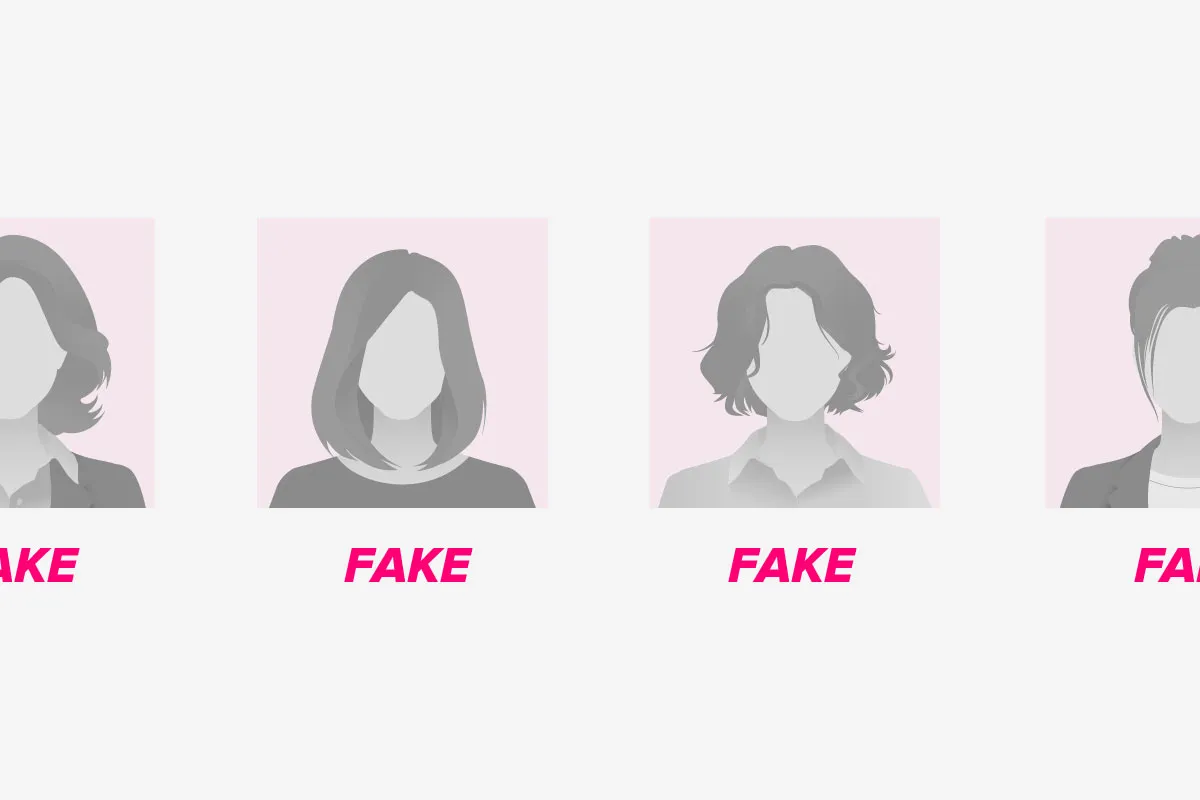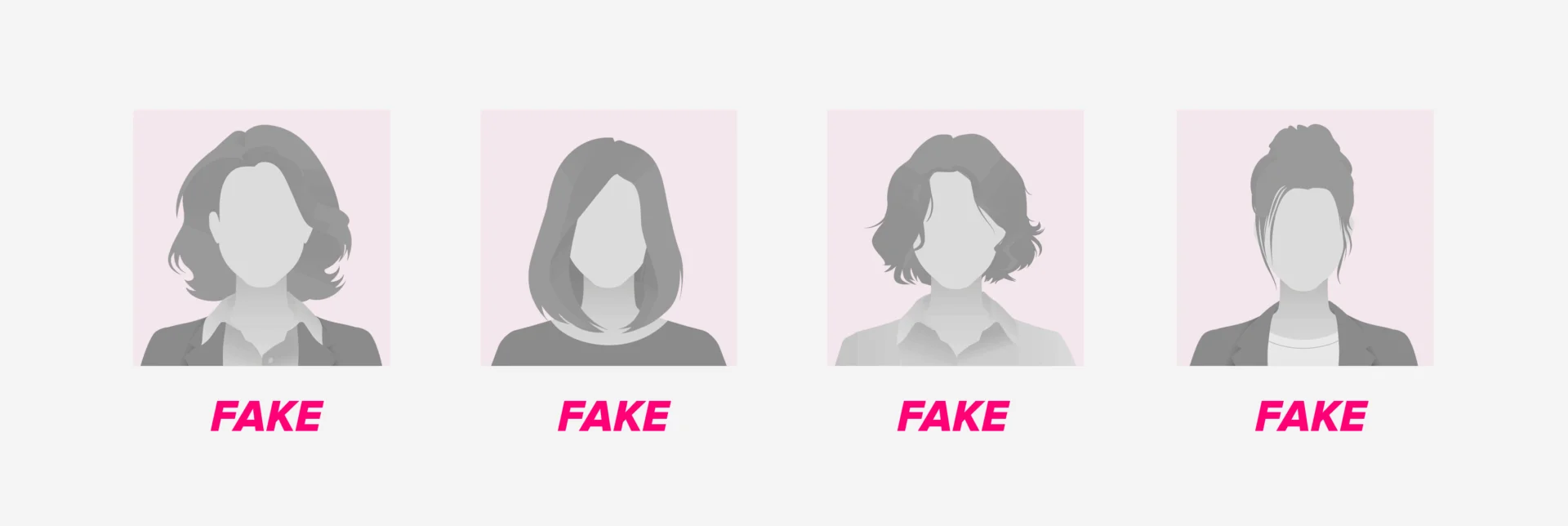Digital PR Isn’t Link Building. It’s the Most Profitable Channel You’re Ignoring
Digital PR

Let’s be honest, the word expert used to mean something. It meant credibility, experience, and a real human being with something valuable to say. But in 2025, that word has started to lose its power.
Journalists are now wading through inboxes full of “AI experts” who don’t exist, fake commentators with no credentials, and generic quotes generated by ChatGPT. It has made their jobs harder and, frankly, made genuine experts look suspicious by association.
So what does being an expert actually mean in the eyes of a journalist now? And how can PR people make sure their pitches get taken seriously in a world full of digital imposters?
Here’s what every journalist I’ve spoken to says separates the real from the fake.
1. Verifiable credentials
Journalists are checking everything. That means degrees, published work, or verifiable experience. If a quick Google search doesn’t confirm the expert’s credibility, the pitch is going straight in the bin.
2. A visible, human footprint
A LinkedIn profile, a company bio, past quotes, even a short video – all of it matters. Reporters need to know they’re talking to a real person who stands behind their words.
3. Willingness to speak directly
AI can generate text, but it can’t hold a conversation. Journalists want experts who will take a quick call, go on record, or share spontaneous insight. It’s one of the easiest ways to prove authenticity.
4. True expertise, not recycled talking points
Journalists are no longer looking for “general experts.” They want someone who knows one thing deeply and can explain it clearly. Generic opinions or shallow quotes will get ignored every time.
5. Transparency
If you used AI to support your research, say so. If your data came from an external tool, cite it. Honesty is the easiest credibility builder.
This isn’t just theory. It’s already happening.
Earlier this year, The Guardian exposed “Barbara Santini,” a fake expert quoted across dozens of UK outlets who turned out not to exist at all. It caused embarrassment for journalists and made newsrooms far more cautious.

The Press Gazette reported contacting a couple of ‘expert’ commentators that didn’t exist and another was unwilling to share their credentials.
PR Moment also ran a piece on the rise of AI-generated expert commentators, pointing out that this new wave of fakery has made journalists more suspicious of every pitch they receive. Luana Ribeira, who works closely with media teams, said it best: if journalists even suspect that your expert isn’t real, your pitch is finished before it’s read.
And agencies are seeing the fallout too. Flo Powell from Midnight Communications told PRovoke Media that reporters are now asking to speak to experts face-to-face or over the phone just to confirm they’re human.
Here are some simple ways to make sure your pitches rise above the noise.
1. Lead with proof, not adjectives
Don’t just tell a journalist your client is an expert. Show it. Include a brief bio, relevant data, or a previous quote from a credible outlet. Proof beats persuasion.
2. Link to real profiles and photos
A LinkedIn profile, an about page, or a headshot from a real event all make a difference. Anything that helps confirm authenticity adds weight to your pitch.
3. Keep your angles focused and fresh
Broad, fluffy “trend” commentary isn’t enough anymore. Journalists want specificity. For example, instead of saying “our expert can comment on climate change,” say “our environmental scientist can share new data showing sea levels in Cornwall have risen 12% faster than the UK average.”
4. Make live conversations easy
Always offer your chosen expert for a short call or interview. It makes the journalist’s life easier and immediately confirms that the source is real.
5. Be ready for verification
Include links to supporting data or previous coverage, and don’t take offense when a reporter checks credentials. They have to.
AI has made it incredibly easy to fake expertise, and it’s creating collateral damage for the rest of us. Journalists are skeptical, inboxes are crowded, and trust is shrinking.
The upside is that it’s also creating a clearer divide between those who really know their stuff and those who don’t.
If you work in PR, your job is to make it impossible for a journalist to doubt your source. Show the receipts. Humanise your client. Give context and colour, not buzzwords and boilerplate.
In a world full of synthetic voices, the human ones are suddenly the most valuable.
Digital PR gives genuine experts the visibility that AI imposters can’t replicate. It connects real people with real stories to credible media, building a traceable footprint that journalists can verify in seconds.
Well-executed digital PR campaigns position experts as trusted voices through bylined articles, media commentary, and data-led features that link back to their experience. Each piece of coverage reinforces credibility and builds the kind of online authority AI-generated “experts” can’t fabricate.
Digital PR also strengthens discoverability. When a journalist searches for an expert on a specific topic, those verified quotes, interviews, and author profiles dominate search results, proving the person is legitimate and active in their field.